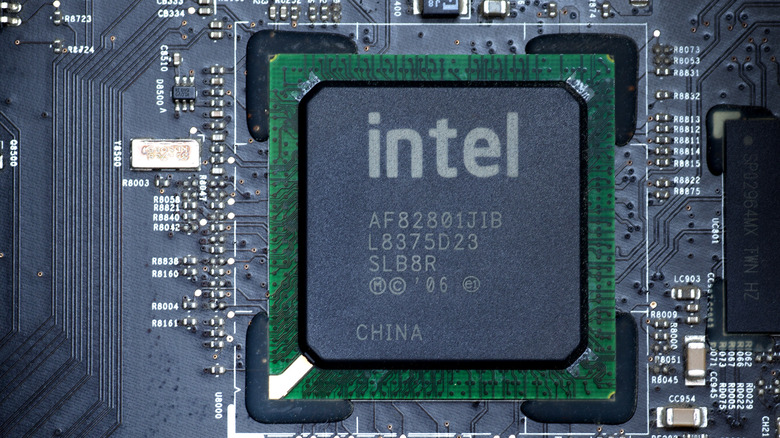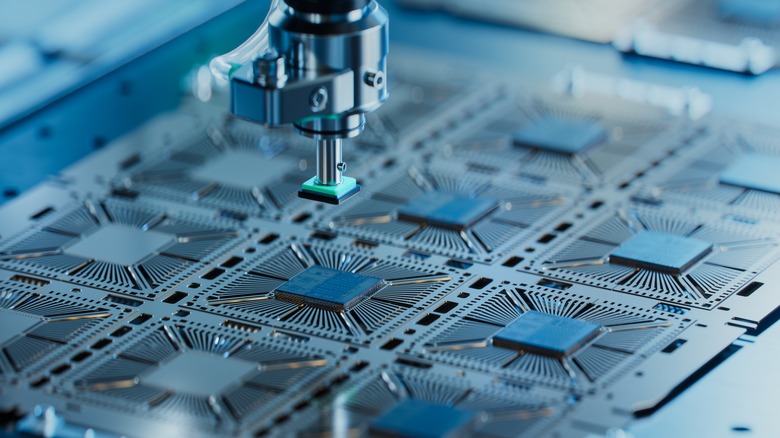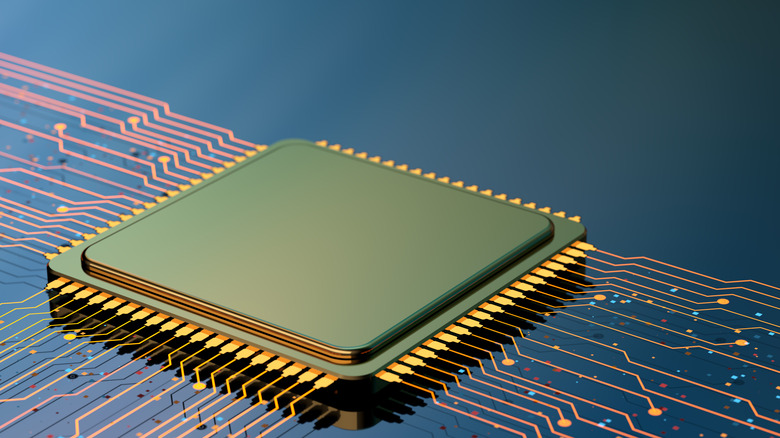World's First AI-Designed CPU Paves Way For 'Self-Evolving Machines'
The furor surrounding ChatGPT and other similar AI projects doesn't only focus on what such chatbots are doing now. They're certainly already courting controversy (attracting legal trouble for sharing false "facts," for instance), but the bigger concern is what happens when we've given the technology, which is evolving all the time, greater power, greater trust, greater influence. Jocular Skynet references are sure to abound in the light of this computer-built computer.
In June 2023, Shuyao Cheng et al. published the paper "Pushing the Limits of Machine Design: Automated CPU Design with AI." The scientists of the Chinese Academy of Sciences, Cambricon Technologies Corporation Limited, and the University of Science and Technology of China set out to determine whether AI had the smarts to create a CPU, "one of the world's most intricate devices humanity have ever designed."
Ultimately, it seems, the resultant CPU wasn't the most advanced. What was truly astonishing about the study, though, was how very quickly and efficiently the AI completed the work. Here's a closer look at the experiment and what it might mean going forward.
How quickly a computer built another computer's brain
The researchers taught their AI model to do this, "Pushing the Limits of Machine Design: Automated CPU Design with AI" explains, primarily by providing input and output examples, along with an appropriate Boolean function that would enable the AI to have what a human may consider a frame of reference. It would all be a painstaking coding effort for human workers, but a Binary Speculation Diagram helped bypass all that. In effect, it showed the computer what to do and the scale on which to do it.
CPUs, of course, are full of an incredible array of tiny, sophisticated parts, and their development absolutely isn't a job to rush. Nonetheless, machines seem to specialize in working far more quickly and efficiently than we can, and it showed here once again.
The resultant CPU, a RISC-V, could have taken a dedicated human team an estimated 5,000 hours or so to produce. The AI built it in five or so hours. As a world first, it's an incredible potential statement of intent.
Possible ramifications of these results
As "Pushing the Limits of Machine Design: Automated CPU Design with AI" notes, "learning the correct circuit logic of a CPU design directly from input-output (IO) examples [...] eliminates the intensive manual work of talented experts on iterative programming." This could open the door to yet more opportunities should such experts be freed up to concentrate their efforts on other areas of the process.
The authors also suggest that the process could be further enhanced to "endow the CPU with the ability to constantly improve its performance." Machine learning as a concept is nothing new, but machines learning to automate other (potentially more sophisticated) machines more efficiently is quite the notion to grapple with.
It's vital to note, though, that all of this is rather fanciful just now. The CPU the scientists developed as a result of their research reportedly functions on par with an Intel i486SX. In that regard, at least, the approach remains a few decades behind the curve. For now. Intel CPUs have come a very, very long way indeed since then.


